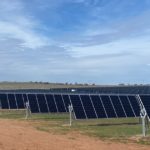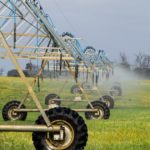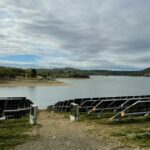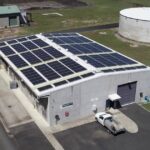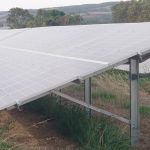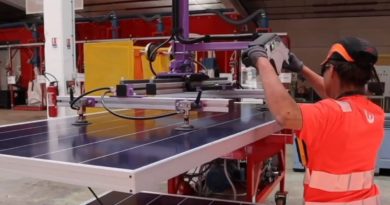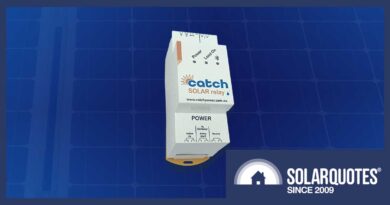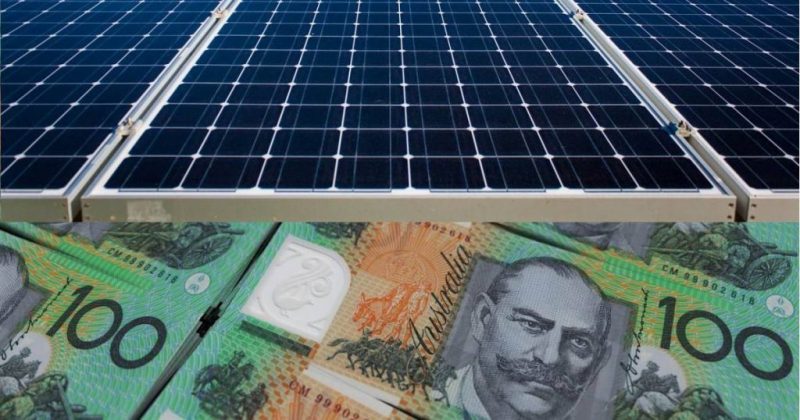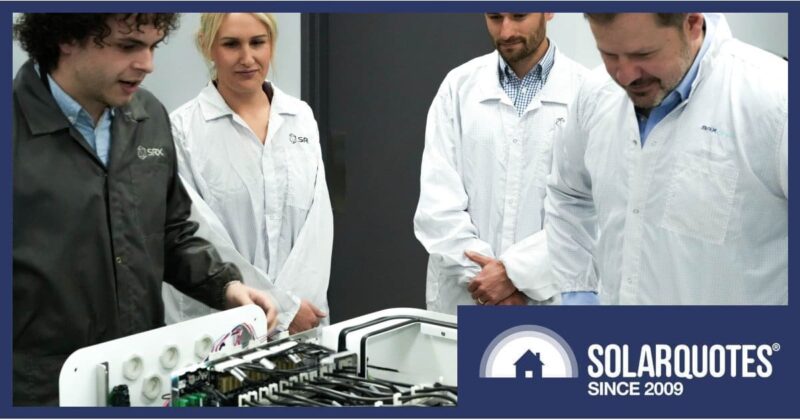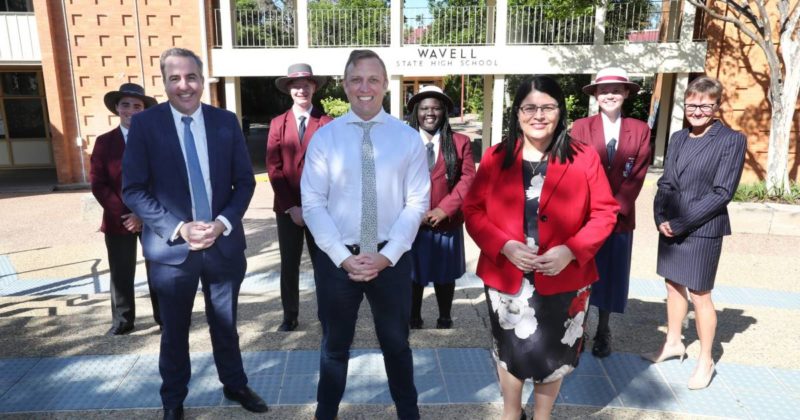Victoria’s Goulburn-Murray Water Commits To 100% Renewables
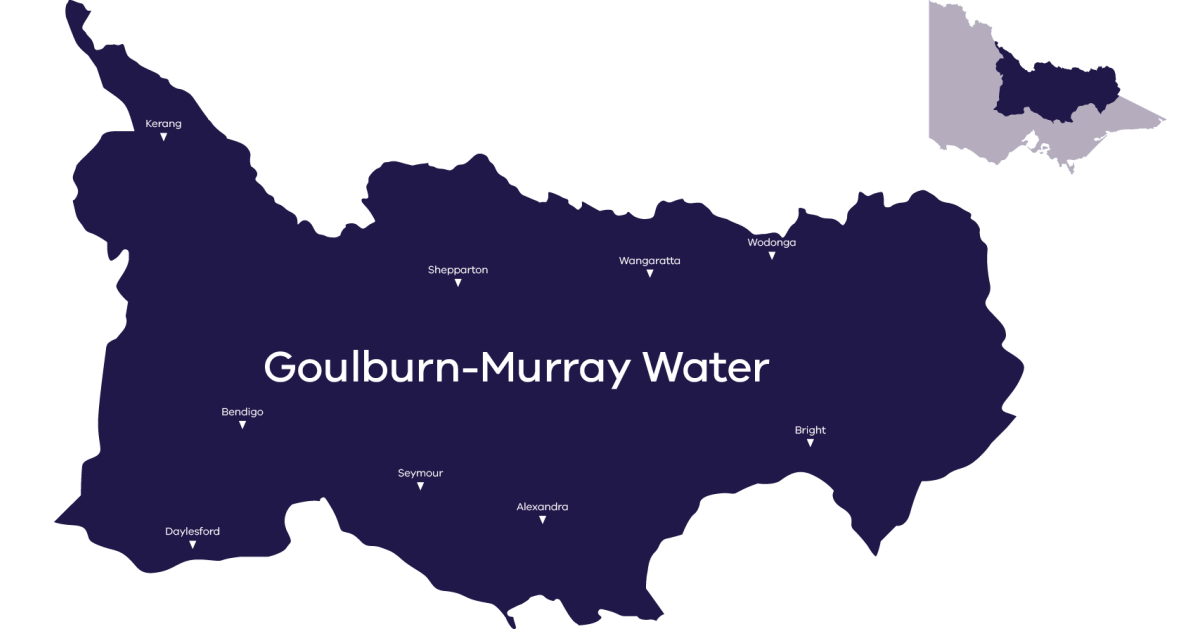

Another Australian water utility is turning to renewable energy technologies including solar power to lighten its electricity-related carbon footprint.
Goulburn-Murray Water (GMW) states it is Australia’s largest rural water corporation and manages the nation’s biggest irrigation delivery network across 68,000 square kilometres, bordered by the Great Dividing Range in the south and the River Murray in the north, stretching from Corryong in the east to Nyah in the west.
It has more than 20,000 customers using over 39,000 services in northern Victoria and manages a couple of dozen water storages capable of holding approximately 11 million megalitres. It also has responsibility for managing more than 100,000 hectares of public land surrounding its various storage facilities.
Pumping so much water over such a large area requires a lot of energy. In 2020-21, Goulburn-Murray Water generated 10,345 tonnes of carbon dioxide equivalent emissions, with three quarters of that from electricity use and 80 per cent of the 7888 tonnes (6320 tonnes) from pumping water across the region.
Yesterday, GMW announced it has committed to sourcing 100 per cent renewable energy for all the electricity it purchases to run its irrigation business by 2025.
“This positions GMW as a leader on renewable energy and puts us in a strong position to reduce our total emissions by an estimated 85 per cent by 2025 and to net-zero by no later than 2050,” says GMW.
Solar Panels To Play Important Role
The utility has various solar power projects planned for various depots, offices and infrastructure.
An example is solar panels and a battery system to be installed for GMW’s recently constructed Mitiamo Pump Station and Stock and Domestic Pipeline, which consists of 300 kilometres of pipeline servicing landowners across approximately 58,000 hectares.
The project will involve a ground-mounted 99.7kW solar power and 404kWh battery system. The battery, charged by the panels, will run the pumps when conditions for generating solar electricity are poor, with the aim for the pump station to use no purchased power.
GMW says the project will generate 3.9 gigawatt-hours of clean, renewable energy over the next 25 years.
The utility states it is also looking into scheduling water supply pumping to act as a “solar sponge”, soaking up surplus solar power in the grid when it is available. It is also investigating maximising hydropower generating opportunities and transitioning its light vehicle fleet to alternate fuelled vehicles.
“Our commitment to reducing our carbon emissions is guided by our role and responsibility to our customers and community, who expect a reliable, sustainable, efficient management of our regions water supplies both now and in the future,” states GMW.
Water For Victoria Emissions Goals
Almost one million tonnes of carbon dioxide equivalent greenhouse gas emissions were emitted by Victoria’s water sector in the 2019/20 financial year; estimated to be close to a quarter of the Victorian government’s total emissions.
Victoria’s 18 water corporations have committed to reducing emissions by 42% by 2025 and to net-zero by 2050. The sector is being guided by the state’s strategic plan for management of water resources, Water for Victoria,
Original Source: https://www.solarquotes.com.au/blog/gmw-renewables-solar-mb2358/



